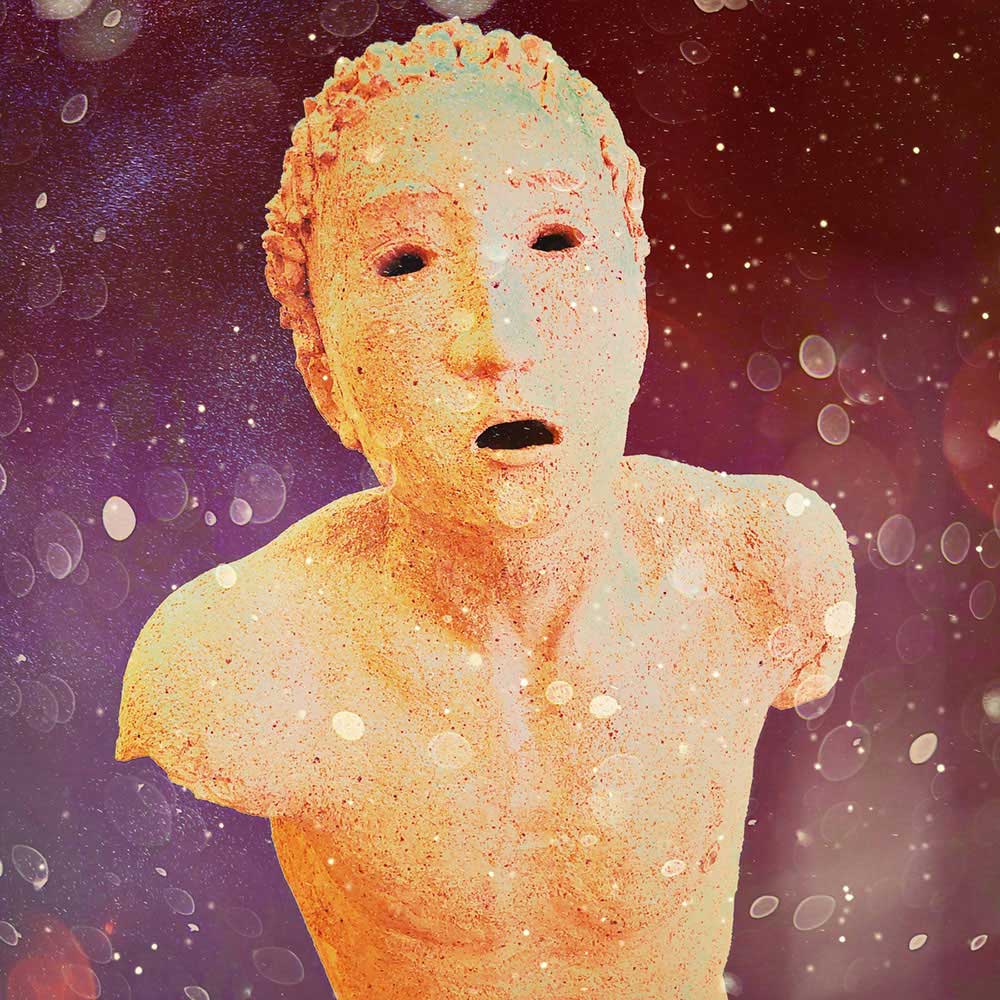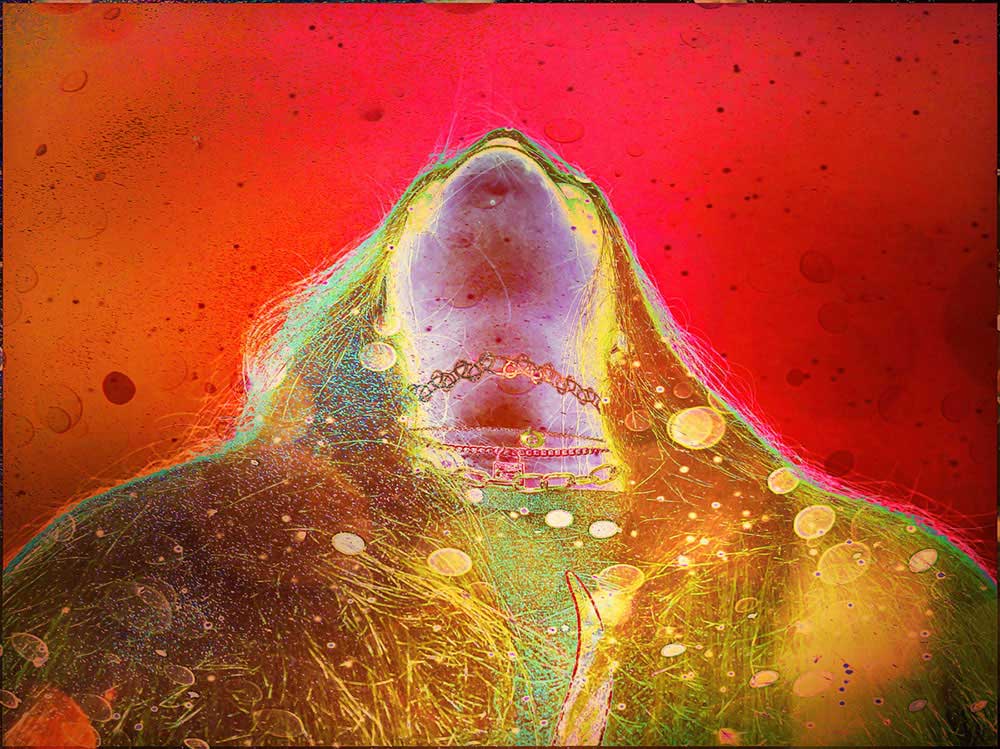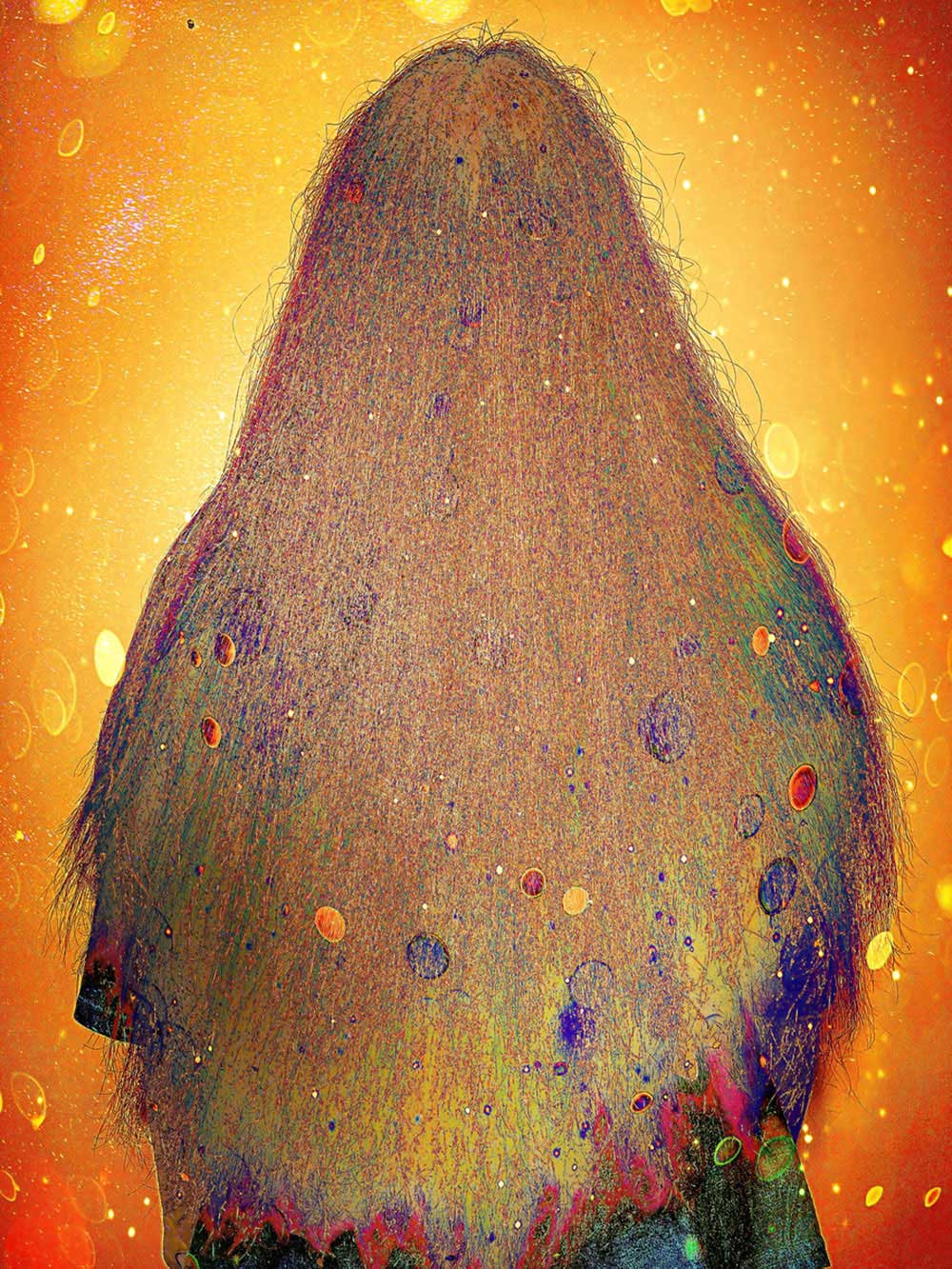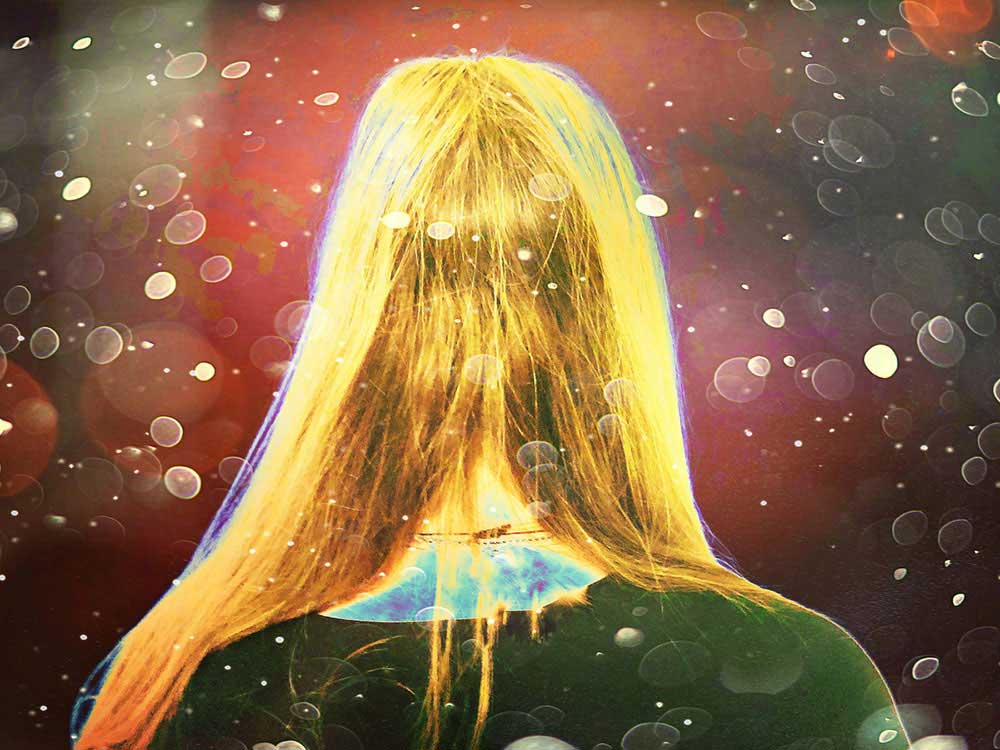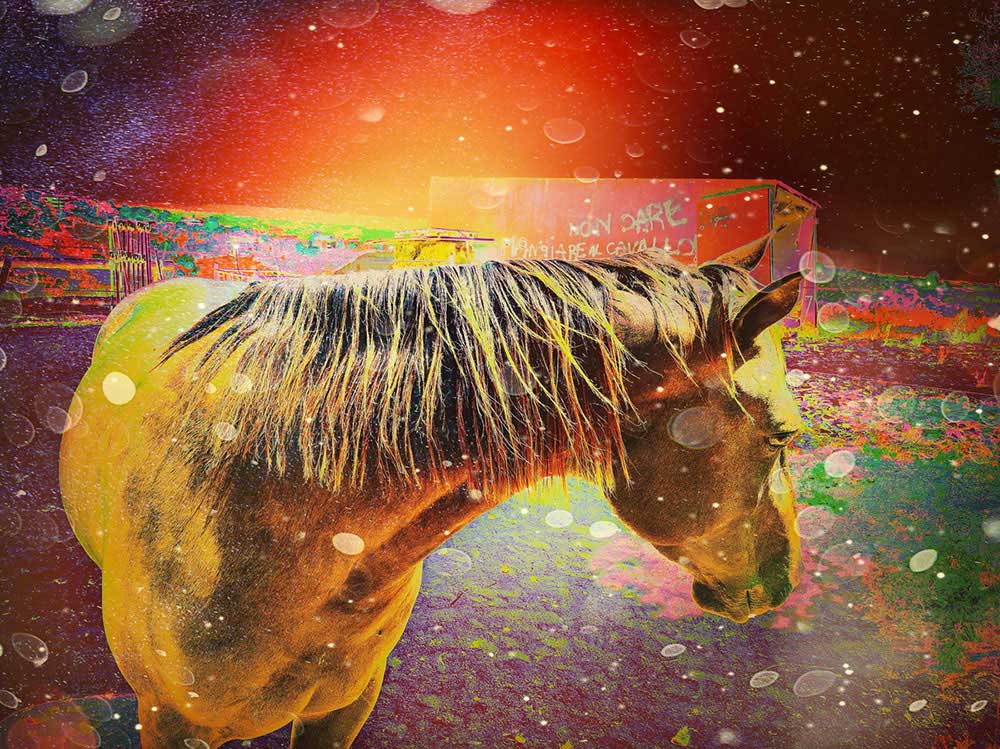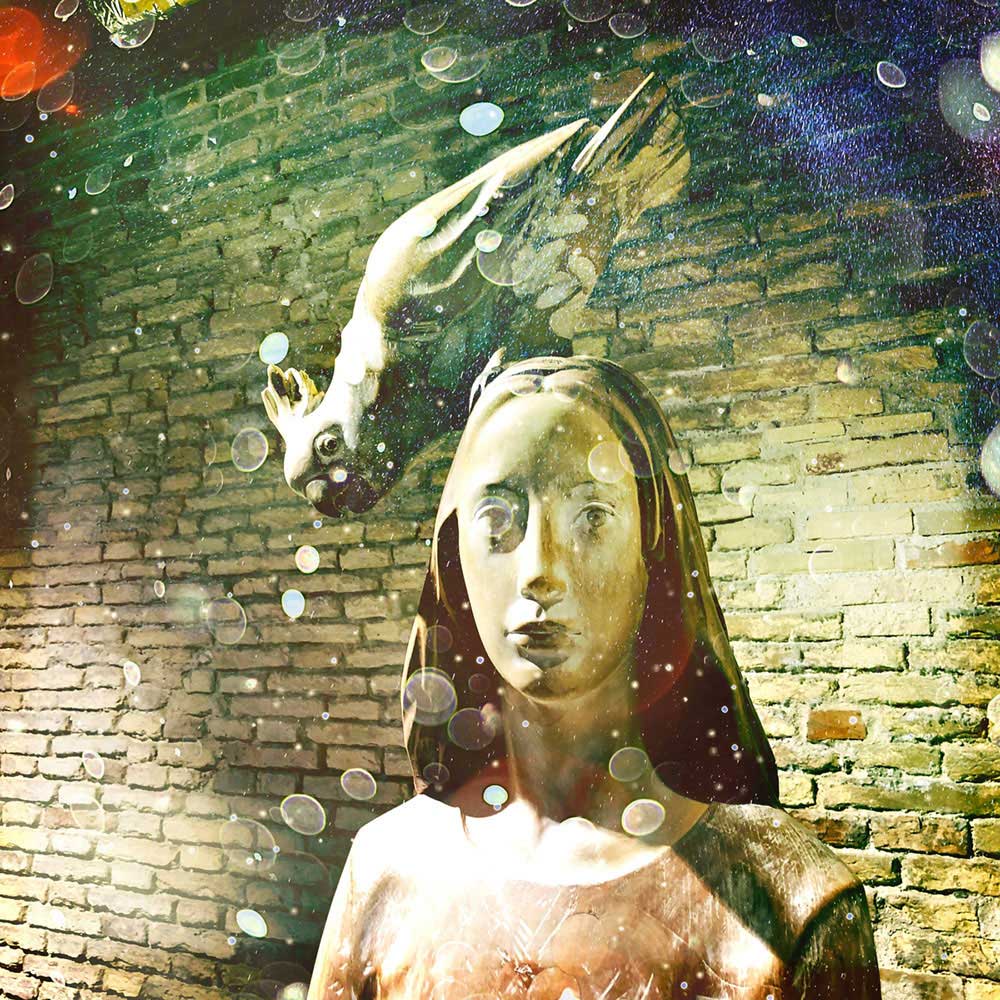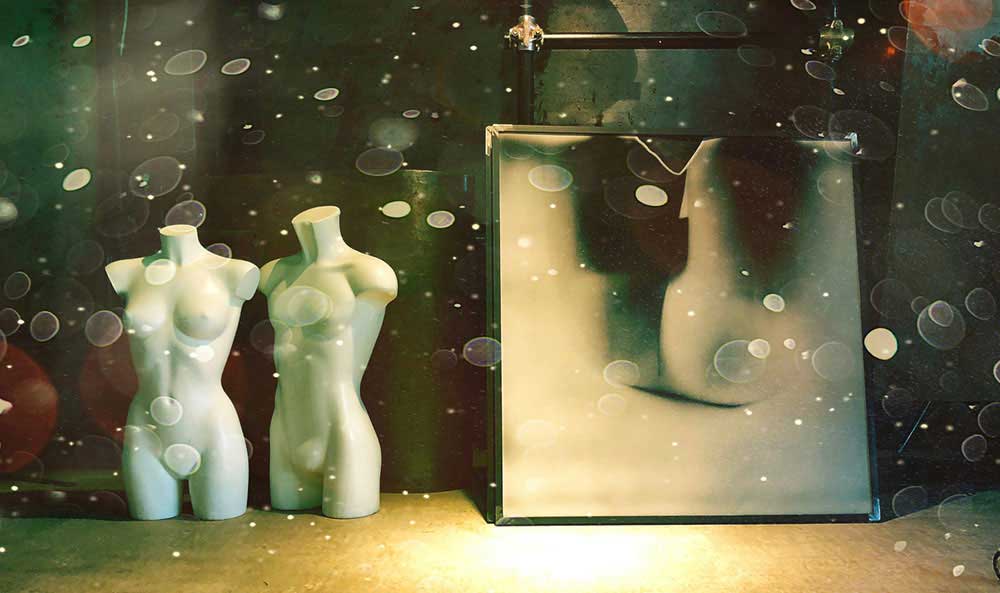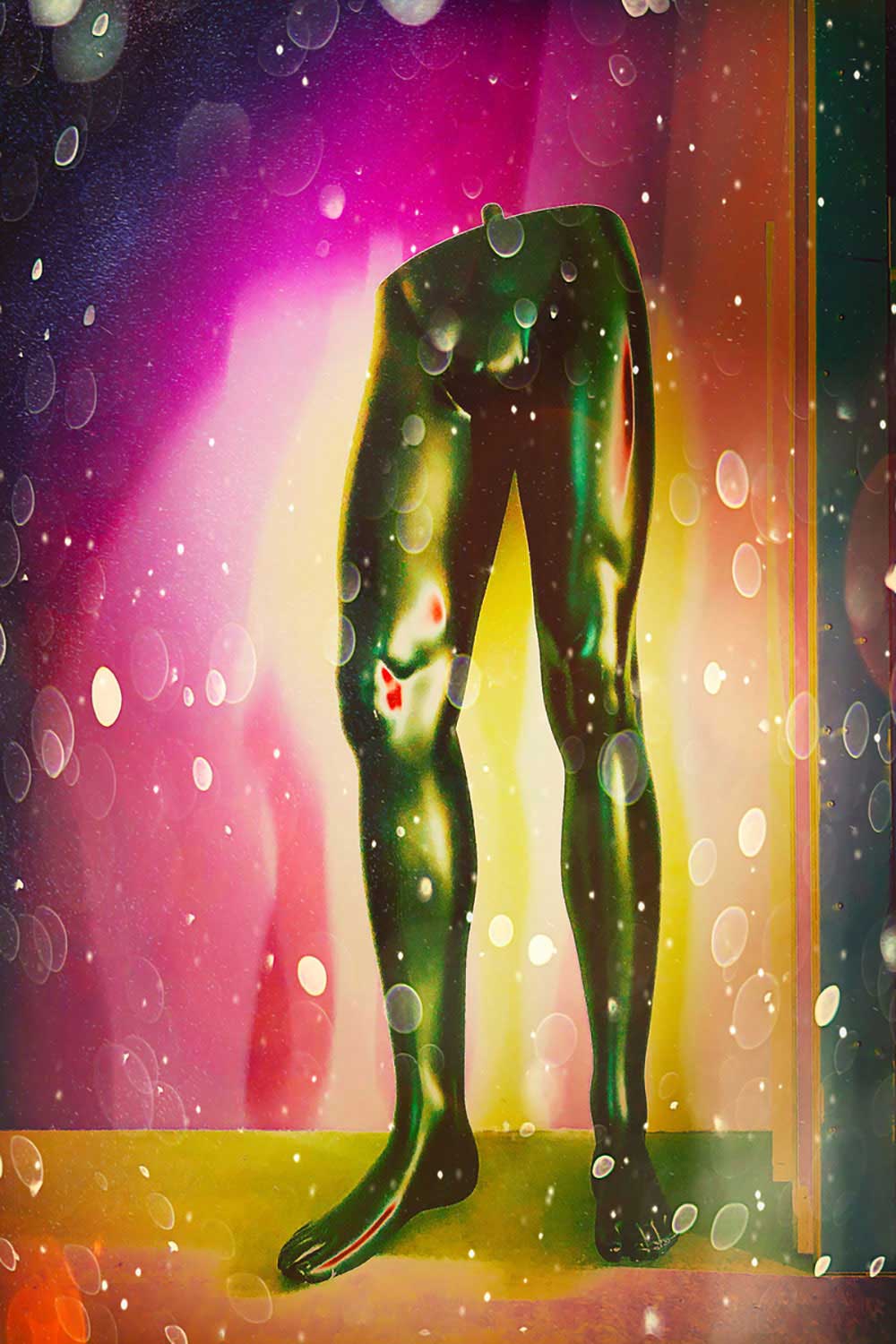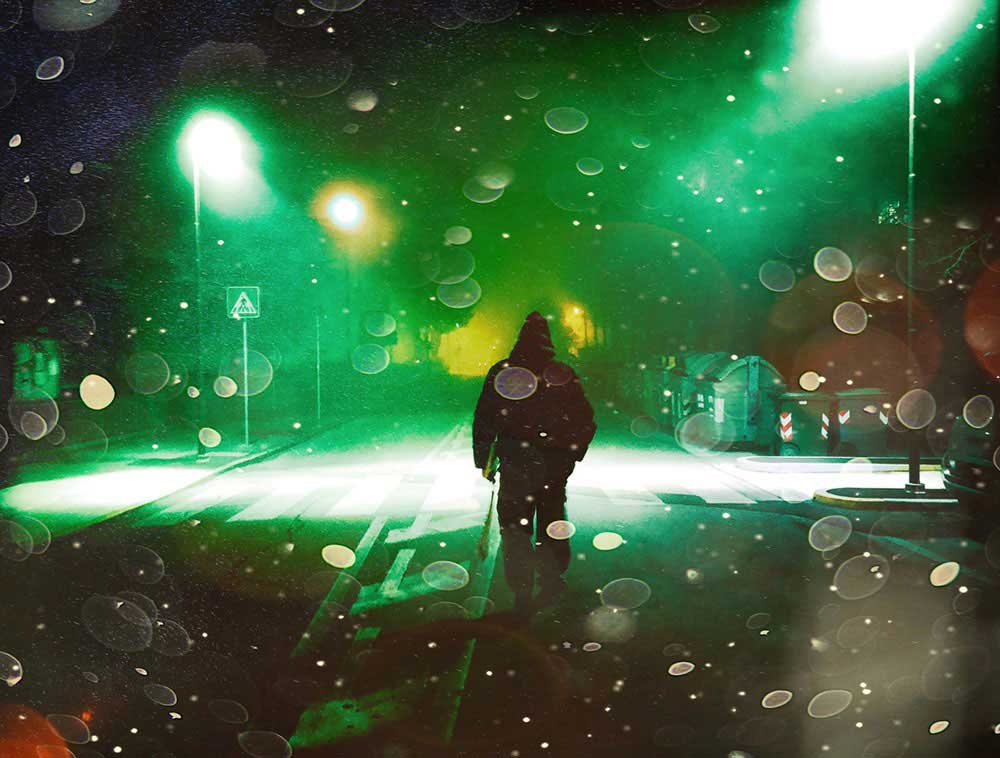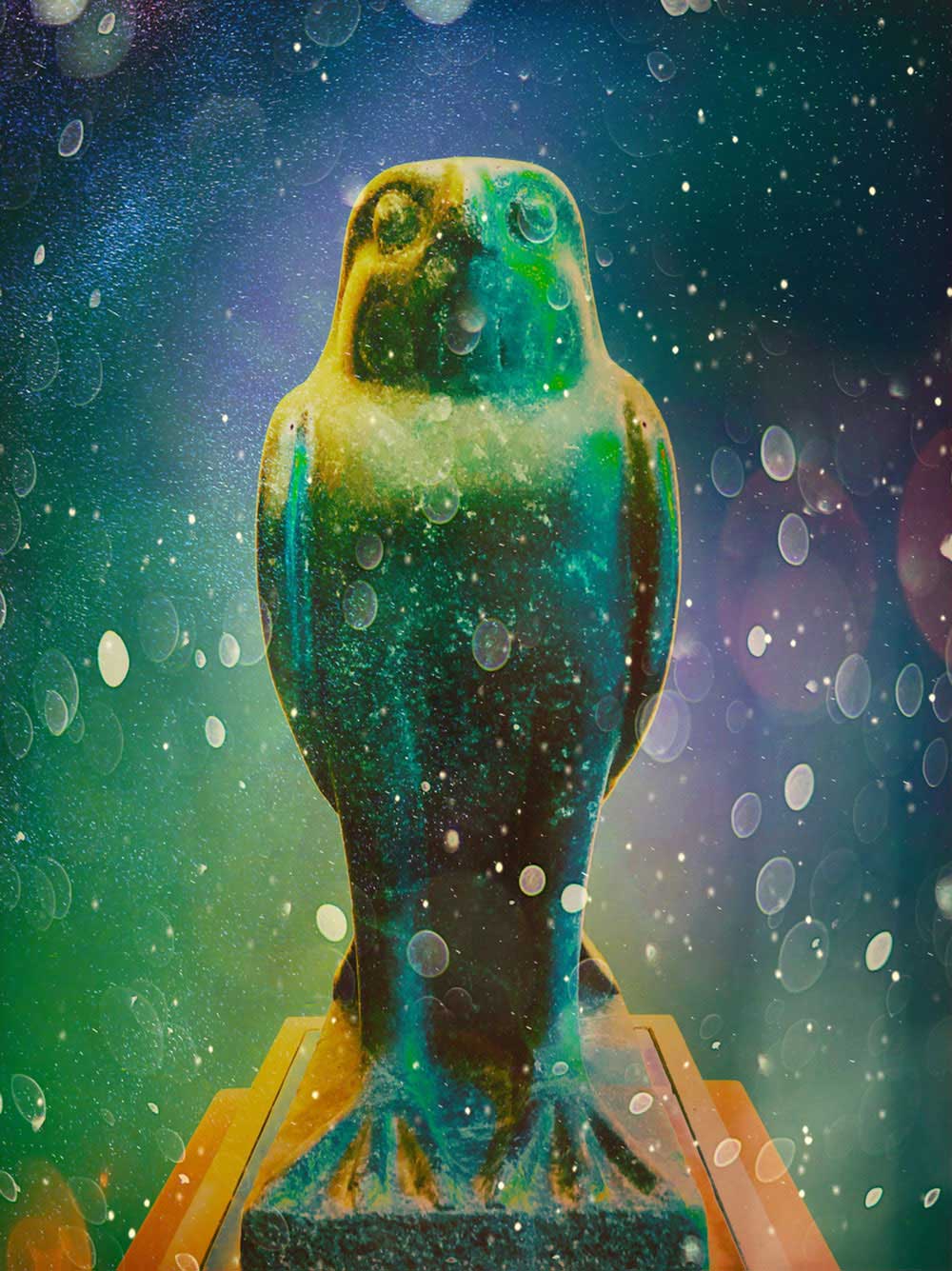The first time a human being tried to communicate with an image he used a color, with which he colored his hand and covered entire walls with handprints, “signs” that from the depths of a cave have crossed millennia and now have come down to us: the first sign of awareness.
If in the shadows the light tries to find a form to the unawareness, in that dark cave was born, in the human being, the first impulse to communicate and share, as to create a suspended dialogue, suspended for the future. And it happened with a warm, lively, iridescent color.
In ancient times, colors have gradually acquired more and more authority and influence over humans, who according to ancient principles have also used them to bring health benefits and to make frescoes, paintings and works of art all the more precious.Over the centuries, colors have assumed different meanings according to cultures and traditions; over time, therefore, different people have attributed different symbolic meanings to colors from culture to culture.
Today, still, the human being still needs colors, perhaps even more than before, because the acquired ability to create new ones has reached a skill and a property never known before, but unfortunately the research is pushed to a hyperchromaticity and to a hypersaturation result of mathematical models, detached from the true and inimitable harmony of nature, the only one that can make us dream again: the dream of a thing, that thing that is in the future of each of us.



